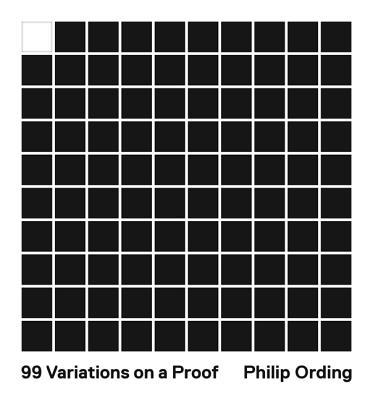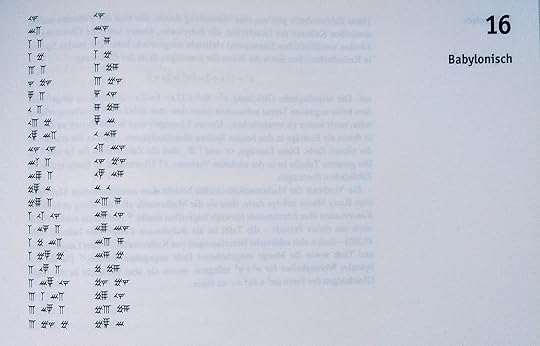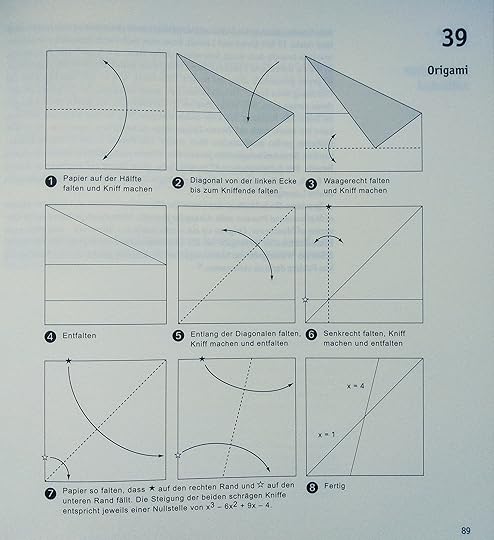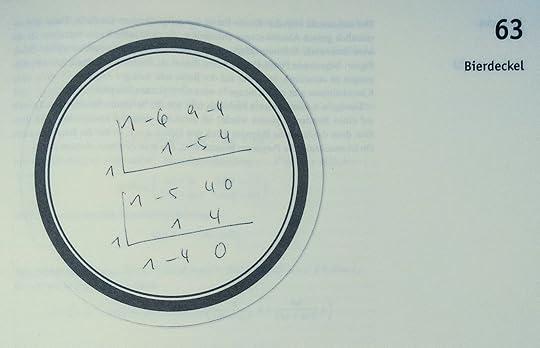What do you think?
Rate this book


272 pages, Hardcover
First published February 5, 2019





There is a simply beautiful theorem which provides all solutions of the equation x^3− 6x^2+ 11x−6=2x− 2. Alas, any further explanation would deny you the satisfaction of discovering it on your own...